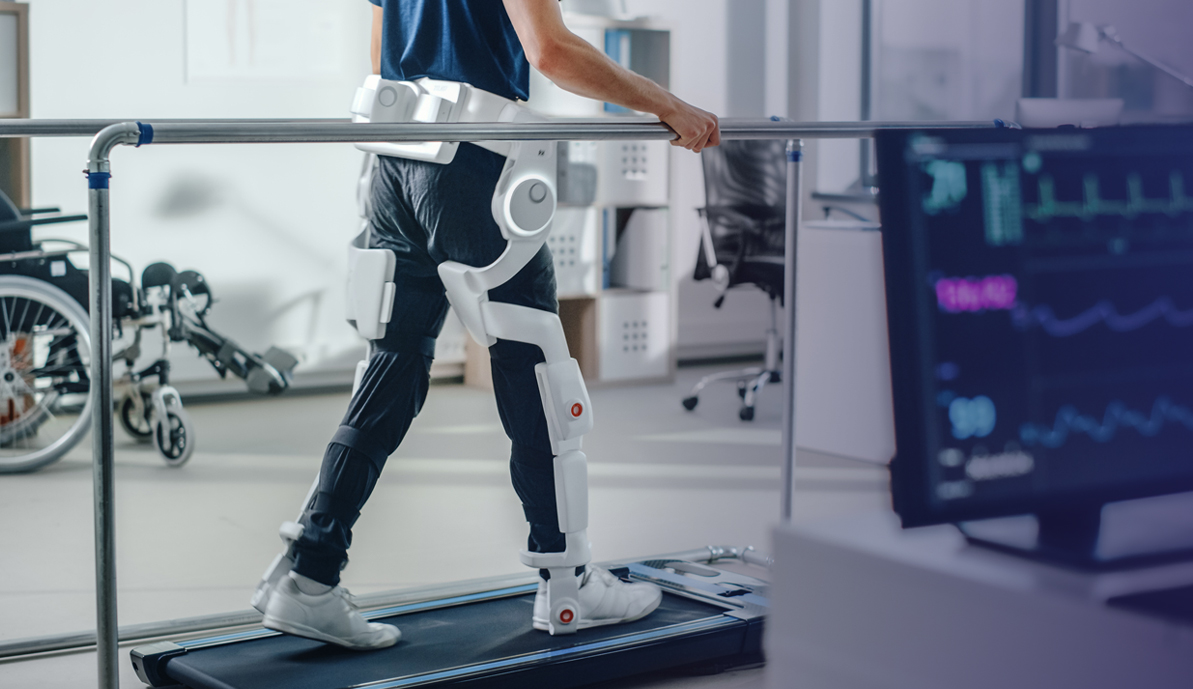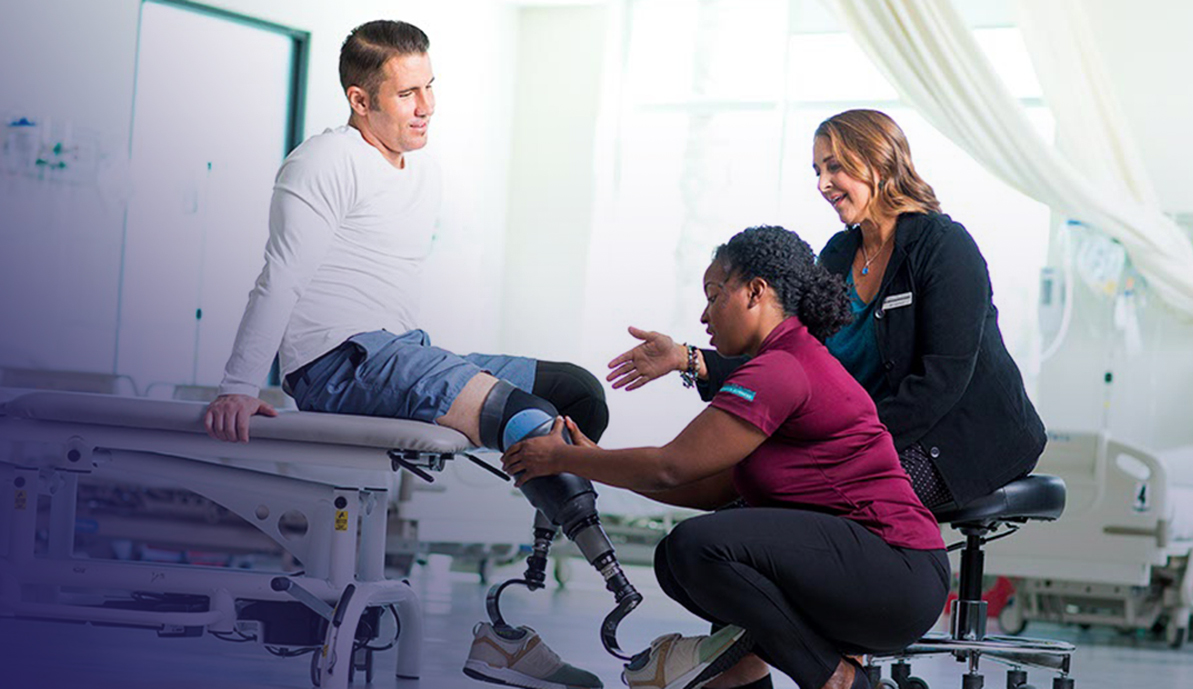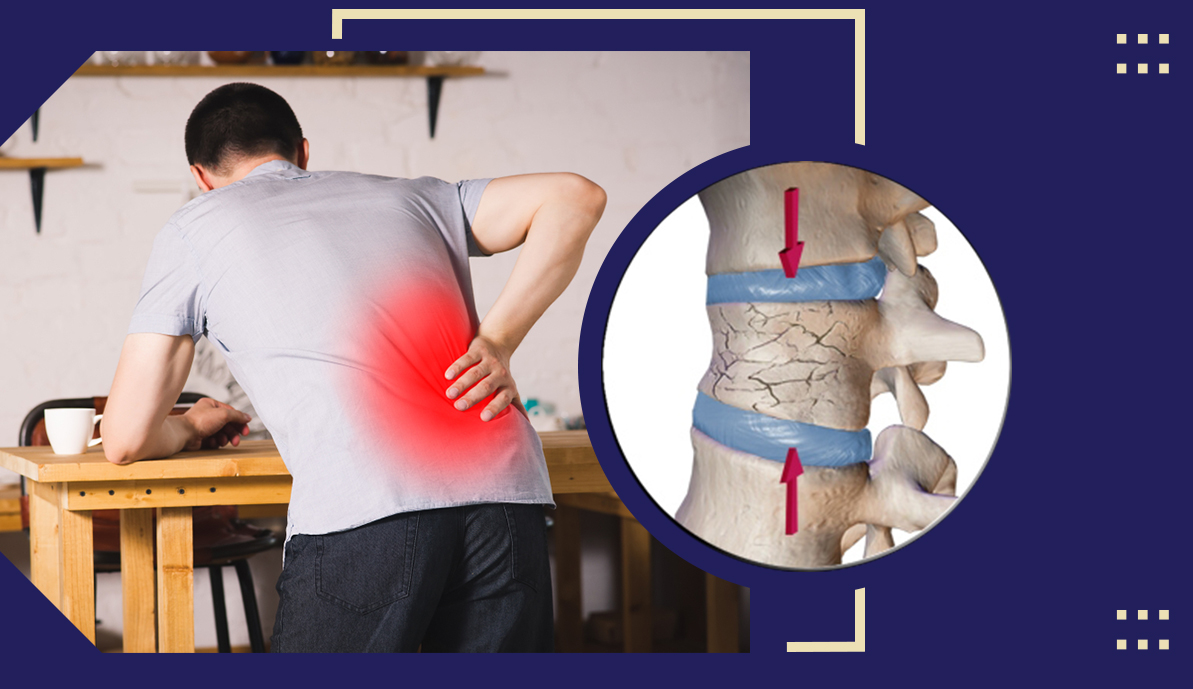
AI + Physical Therapy: A Whole New Experience For Patients
1. Enhanced Patient Monitoring and Data Analysis
Traditionally, physical therapists rely on subjective assessments and patient-reported outcomes. AI is introducing wearable sensors and motion-tracking technology that provide objective data about a patient's movement patterns, range of motion, and exercise performance. AI algorithms can analyze this data to identify subtle changes, potential risks for regression, and areas requiring tailored interventions.For instance, AI-powered wearables can track a patient's gait after knee surgery. The data can be analyzed to detect deviations from proper walking patterns, allowing the therapist to intervene and adjust the rehabilitation program for faster and more efficient recovery.2. Personalized Rehabilitation Programs
AI can analyze vast amounts of patient data, including medical history, diagnosis, and performance metrics. This allows the development of personalized rehabilitation programs tailored to each patient's unique needs and goals. AI algorithms can predict potential challenges and adjust treatment plans accordingly, optimizing the path to recovery.Imagine a patient recovering from a stroke. An AI system can analyze their progress data and suggest specific exercises that target their individual limitations, maximizing their chances of regaining movement and independence.3. Real-time Feedback and Guidance
AI-powered applications can provide patients with real-time feedback during exercise sessions. Motion capture systems and computer vision can track a patient's movements and compare them to pre-programmed ideal patterns. The AI system can then provide immediate feedback, correcting errors in form and ensuring the patient performs exercises with proper technique, maximizing their effectiveness.For example, an AI-powered app can guide a patient in performing post-surgical shoulder strengthening exercises. The app can track the patient's arm movements and provide real-time audio or visual cues to ensure proper form and prevent injury or overexertion.4. Virtual Reality (VR) Therapy
VR technology, coupled with AI, is creating immersive and interactive rehabilitation environments. VR simulations can provide a safe and controlled space for patients to practice movements, test their balance, and overcome phobias associated with certain activities. AI can personalize these VR experiences to target specific rehabilitation goals and progressively increase difficulty as the patient progresses.A patient with a fear of heights might undergo VR therapy, which simulates activities like walking across a virtual bridge or climbing stairs. The AI system can gradually increase the height and complexity of the virtual environment, helping the patient overcome their fear in a safe and controlled setting.5. Improved Patient Engagement and Motivation
Procare Physical therapy can be a long and demanding process. AI-powered apps and games can transform rehabilitation into an engaging and interactive experience. These tools can track progress, award points for completing exercises, and offer personalized challenges, fostering a sense of accomplishment and boosting patient motivation to adhere to their treatment plan.Imagine a patient completing rehabilitation exercises at home. An AI-powered app can transform these exercises into a game, with virtual rewards and challenges that keep the patient engaged and motivated throughout their recovery journey.6. Remote Patient Monitoring and Support
AI can facilitate remote patient monitoring and support, expanding access to quality physical therapy, particularly in underserved areas. Patients can use telehealth platforms to connect with therapists remotely, receive guidance, and track their progress through AI-powered apps. This can be particularly beneficial for patients with mobility limitations or those living in remote locations.For example, a patient recovering from a hip replacement surgery can connect with their therapist virtually. The therapist can review the patient's progress data collected by an AI-powered wearable and adjust the rehabilitation program remotely, ensuring continuity of care even if in-person visits are limited.7. Empowering Physical Therapists
While AI is not replacing therapists, it's empowering them to provide more efficient and effective care. By automating administrative tasks and offering data-driven insights, AI frees up therapists' time to focus on what they do best: personalized patient interaction, providing hands-on therapy, and offering emotional support. This allows therapists to build stronger relationships with their patients, leading to improved treatment outcomes.The Future of AI in Physical Therapy
The integration of AI in physical therapy is still evolving, with exciting possibilities on the horizon. Future advancements could include:- Development of AI-powered robots that can assist therapists with specific tasks like gait training or balance exercises.
- Incorporation of AI-powered chatbots to provide patients with 24/7 support and answer basic questions about their rehabilitation program.
Challenges and Considerations
While AI holds immense potential for physical therapy, there are challenges to consider:- Cost and Accessibility: Implementing AI technology requires investment in hardware, software, and ongoing maintenance. Ensuring equitable access to AI-powered therapy for all patients is crucial.
- Data Privacy and Security: Protecting sensitive patient data collected through AI applications is paramount. Robust cybersecurity measures and ethical data-handling practices are essential.
- Human Connection: AI should complement, not replace, the human connection between therapist and patient. Physical therapists bring empathy, critical thinking, and the ability to adapt to individual needs, which are irreplaceable in the healing process.
Conclusion: Embracing a Whole New Experience
The future of physical therapy lies in a collaborative approach where AI empowers therapists to deliver superior care. Physical therapy can become more efficient, accessible, and effective. Here at Injury Assistance Network,, we can grant you that beyond AI, our professionals come up with top-notch technologies that will give accurate results. This collaborative approach can improve patient outcomes, speed recovery times, and the quality of life of individuals seeking physical therapy services.Share with your friends:



